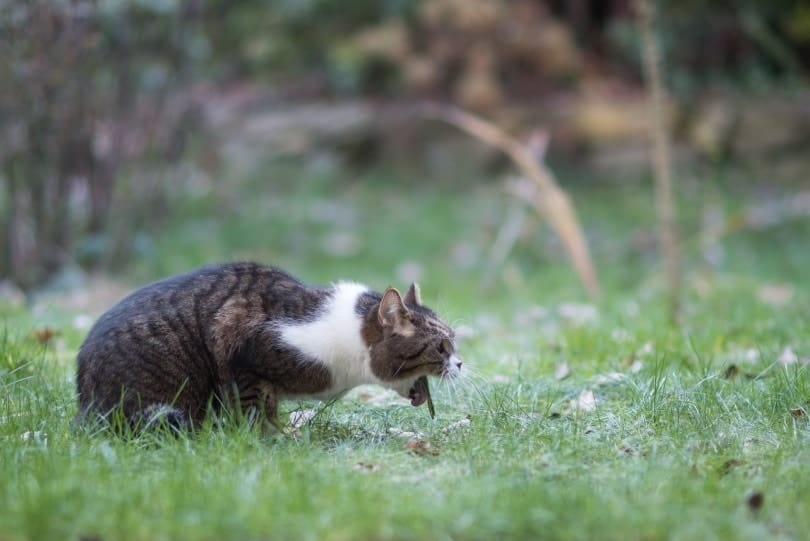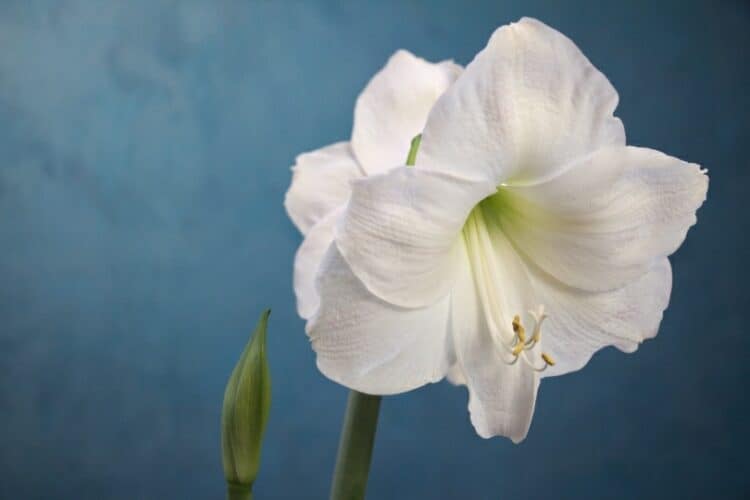Amaryllises are delicate flowers that resemble lilies but are even more colorful! They’re often included in bouquets and associated with the coming of spring. But they’re perhaps best known for their association with the winter holidays when bright red variants are given as presents.
If you’ve received a gorgeous bouquet full of amaryllises and live with a cat, you might be wondering if it’s safe to let your feline friend play with your flowers. Or are amaryllises poisonous to cats? Unfortunately, you’ll need to take definitive action to keep your feline companion away from your bouquet. Amaryllis blooms, and all parts of the plant, are toxic to cats. Treatment varies depending on how much your cat has consumed, so you’ll need to reach out to your veterinarian even if your cat has only taken a few bites.
What Are the Signs of Amaryllis Poisoning?
If your kitty takes a nibble or two of your amaryllis, there’s a good chance your buddy will throw up. Cats who consume large amounts of the plant, including its stems and leaves, on the other hand, are at high risk of experiencing low blood pressure and difficulty breathing. Animals that ingest parts of the bulb can have stomach pain and often salivate excessively.
The first thing you should do if your cat gets into your bouquet and snacks on amaryllis is prevent your companion from eating any more of it. Put your pet in a safe place and contact your veterinarian immediately. Treatment largely depends on how much of the toxic plant your cat ingests and when.
Your vet will ask you a few questions to determine what part of the plant your feline consumed and how much of the plant was eaten. Take a picture of whatever your cat ate to show the veterinarian, just to make sure that the “amaryllis” your cat got into isn’t really something non-toxic like a freesia.
Plant poisoning can be serious when it comes to cats, having the potential to result in systemic damage. However, serious health issues can often be prevented if treatment is administered early. Possible treatment options range from using charcoal to prevent the absorption of the toxic compounds to giving your cat medication to make it vomit.

Are There Any Other Common Flowers I Should Look Out For?
Unfortunately, yes, there are a surprising number of plants that aren’t safe for cats to eat, including azaleas, daffodils and hyacinths. Tons of popular flowers should be kept well out of your feline companion’s way, including tulips, several types of ivy, rhododendrons, and mums.
While amaryllises tend to be the big offenders during the winter months, lilies are often problematic in the spring. These gorgeous willowy, white flowers are highly poisonous to cats—they’re simply too toxic to have in the house! If you’re looking for an alternative, roses are a versatile and classic feline-friendly option!
Featured Image Credit: Pixabay














